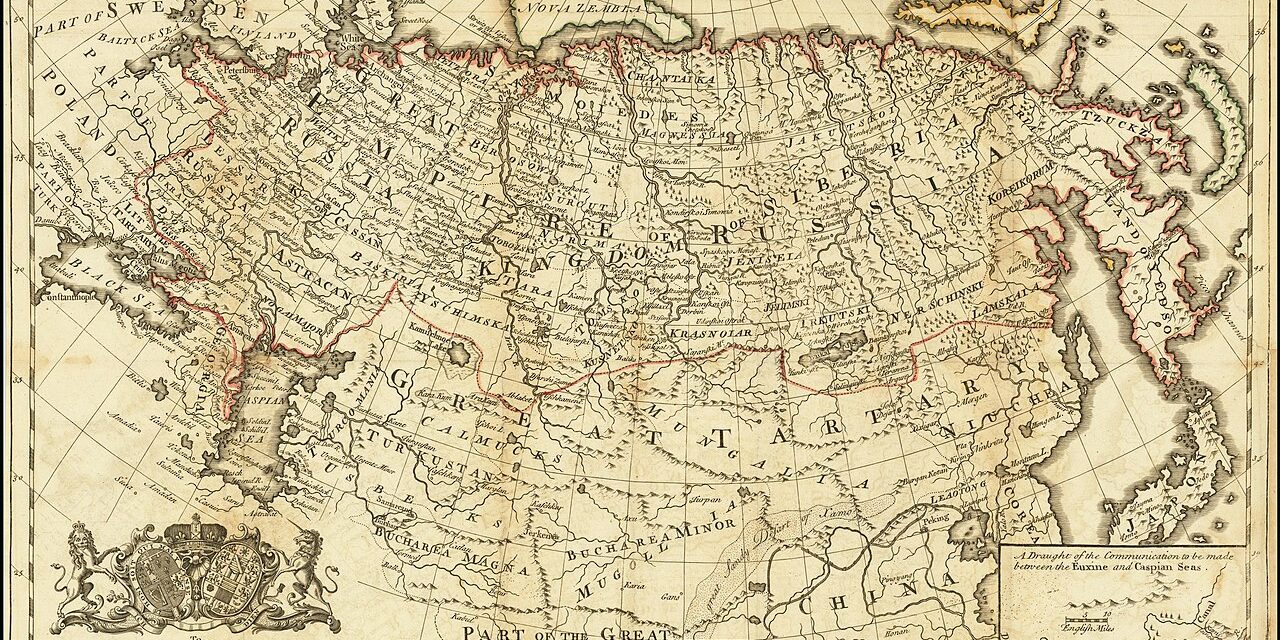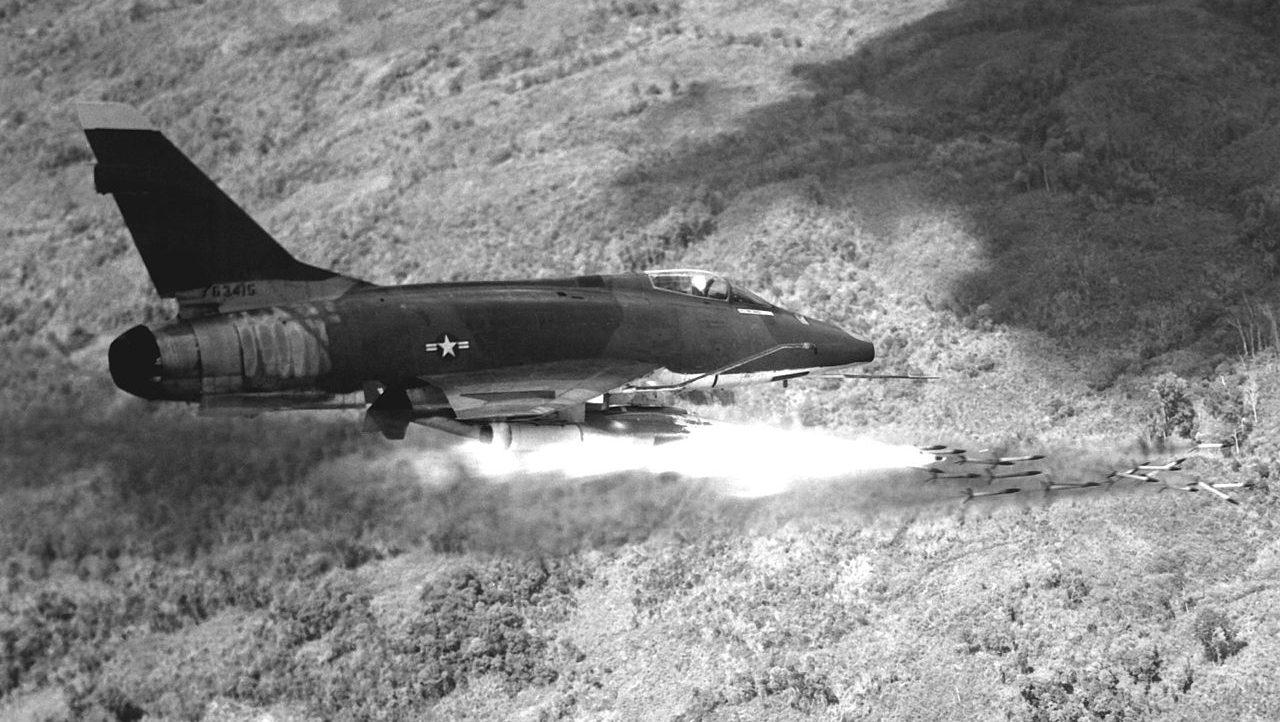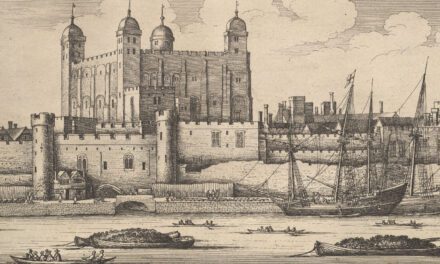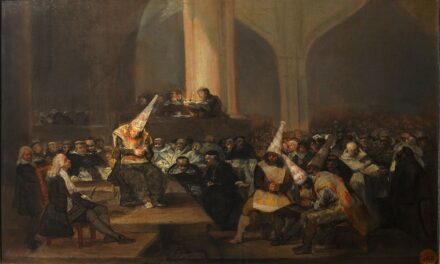History Guild General History Quiz 83
See how your history knowledge stacks up!
Want to know more about any of the questions? Once you’ve finished the quiz click here to learn more.
Have an idea for a question? Suggest it here and we’ll include it in a future quiz!
The stories behind the questions
1. Which Russian empress led a rebellion against her husband, Peter III and successfully took power?
Catherine II – The Empress of Russia for almost 35 years, Catherine II, the Great was the country’s longest-ruling female leader. An ambitious ruler, she rapidly expanded the Russian Empire and is credited with modernising the country along Western European lines. Catherine often relied on her noble favourites, most notably Count Grigory Orlov and Grigory Potemkin. Catherine reformed the administration of Russia and many new cities and towns were founded by her. In the east, Russians became the first Europeans to colonise Alaska, establishing Russian America.
2. The archaeological site Mohenjo-Daro is in which modern country?
Pakistan – Mohenjo-daro is an archaeological site in the province of Sindh, Pakistan. Built around 2500 BCE, it was one of the largest settlements of the ancient Indus Valley or Harappan Civilisation. At its height, the Indus Valley Civilization spanned much of what is now Pakistan and North India, extending westwards to the Iranian border, south to Gujarat in India and northwards to the Himalaya.
3. What year was the first non-stop crossing of the Atlantic by aeroplane?
1919 – Alcock and Brown crossed from St. John’s, Newfoundland, to Clifden, Ireland in 16 hours. They flew a Vickers Vimy, a WW1 heavy bomber.
4. Who built Angkor Wat?
King Suryavarman II – Constructed in 1150 CE in what is now Cambodia by King Suryavarman II of the Khmer Empire. It was originally a temple dedicated to the Hindu God Vishnu, it later became a Buddhist Temple.
5. What year did the Ottoman Turks capture Constantinople, marking the fall of the Byzantine empire?
1453 – An Ottoman army of around 80,000 commanded by Mehmed II, equipped with 70 cannons attacked Constantinople. The Byzantine defenders numbered only 7,000, but were within their formidable defences, thought to be some of the strongest and best defended in the world at the time.
The Ottomans secured a naval advantage when they a built a road of greased logs in order to move their ships across land and occupy the Golden Horn, an area of water the Byzantines had previously blocked them access to with a chain stretched across it’s mouth. This action seriously threatened the flow of supplies and demoralised the Byzantine defenders.
After a 55 day siege the Ottomans launched a massive attack on the weakest section, the land wall. They managed to break through, pillaging the city for three days.
6. What did the German 1st SS division say about the ANZAC’s they fought against in Greece?
They fought an outstanding defensive battle and used the terrain well – Coming from their enemy, this is significant praise. Read more about THE BATTLE OF GREECE – AUSTRALIA’S TEXTBOOK REAR-GUARD ACTION.
7. In what year did Karl Marx and Friedrich Engels Publish The Communist Manifesto?
1848 – The communist manifesto seeks to explain history as a class struggle between workers and the owners of capital. It predicted the overthrow of capitalism in industrialised countries, in stark contrast to predominantly agricultural Russia, where the communists first had success.
8. Which US state was officially Indian Territory until 1907?
Oklahoma – Under the Indian Removal Act of 1830, the Cherokee, Chickasaw, Choctaw, Creek and Seminole nations – known as the Five Tribes – were forced from their ancestral homelands in the southeast and relocated to “Indian Territory,” as Oklahoma was then designated. With Oklahoma statehood in November 1907, Indian Territory lost its “independence” and was extinguished.
9. Where is this historic building?
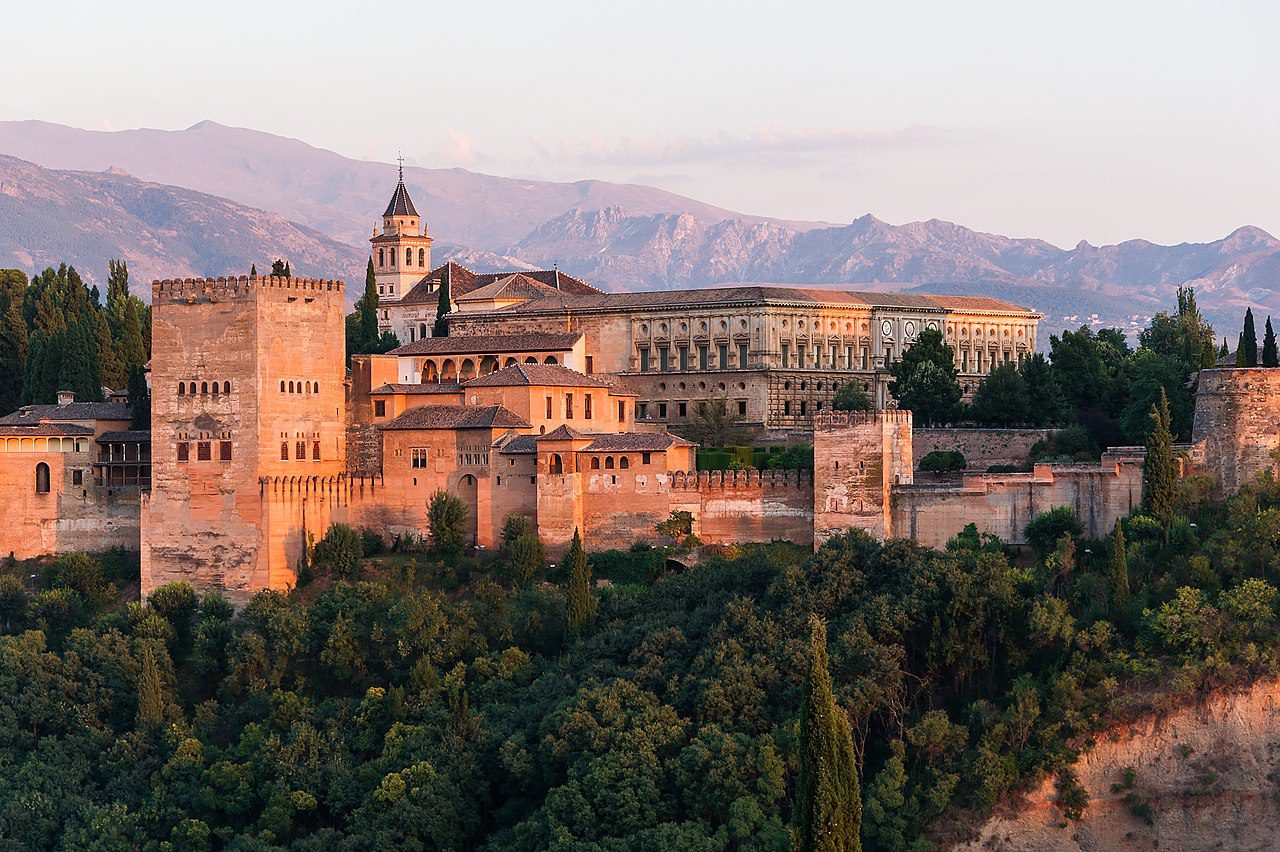
Granada, Spain – The Alhambra is a palace and fortress complex located in Granada, Spain. It was originally constructed as a small fortress in 889 CE on the remains of ancient Roman fortifications. It was converted into a royal palace in 1333 by Yusuf I, Sultan of Granada. It was the last stronghold of Muslim Spain, being conquered in1492.
10. Which conflict saw the first use of machine guns?
US Civil War – The Gatling gun was first used in warfare during the American Civil War. Twelve of the guns were purchased personally by Union commanders and used in the trenches during the Siege of Petersburg, Virginia.
There are alternative definitions of machine gun which would classify the 1884 Maxim gun as the first machine gun, as it was self powered, rather than the powered by a crank handle as the Gatling gun was. The Maxim gun was first used in the First Matabele War in what is now Zimbabwe in 1893.

